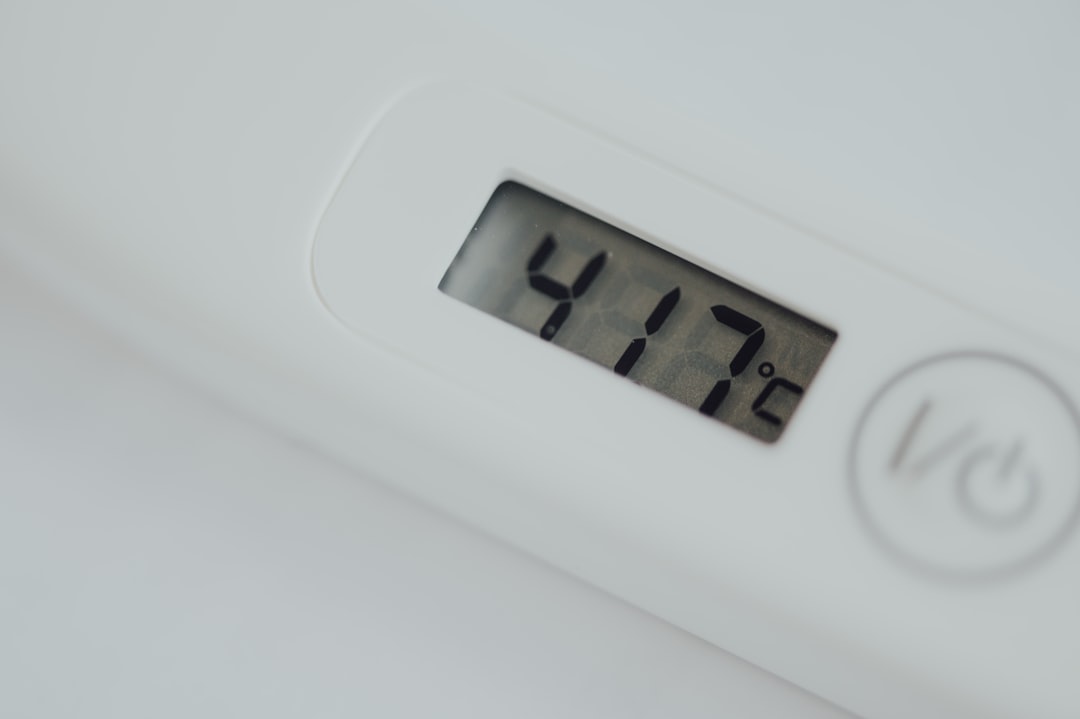Why postpartum women prefer cooler temperatures—and what that means for your comfort
That uncomfortable, sweaty feeling after giving birth isn’t just in your head. New research reveals that your postpartum body temperature preferences are actually driven by real changes in your brain—and understanding this shift can make your recovery significantly more comfortable.
The science behind postpartum temperature preferences
Recent groundbreaking research from Baylor College of Medicine has uncovered why so many new mothers suddenly prefer cooler environments. Scientists discovered that postpartum females experience a significant decrease in estrogen receptor alpha (ERα)-expressing neurons in the brain’s preoptic area (POA)—the region responsible for temperature regulation.
According to Dr. Chunmei Wang, Assistant Professor of Pediatrics at Baylor College of Medicine, “In both humans and mice, body temperature increases during early pregnancy, drops to normal temperature during late pregnancy and then goes up again during lactation.” This temperature fluctuation continues well into the postpartum period, explaining why you might be kicking off blankets while everyone else seems comfortable.
While this research used mouse models, it aligns perfectly with what many obstetricians observe clinically. Dr. Lauren Streicher, Clinical Professor of Obstetrics & Gynecology at Northwestern University, notes that “postpartum night sweats are incredibly common and a direct result of the body shedding excess fluid and adjusting hormone levels; managing ambient temperature is key to comfort and sleep.”
Clinical observations confirm this isn’t rare—up to 80% of new mothers experience significant night sweats in the early postpartum period, often linked to the dramatic hormonal shifts as estrogen and progesterone levels drop after delivery.
Creating your ideal postpartum temperature environment
Based on the latest scientific understanding of postpartum body temperature regulation, here are practical ways to create a more comfortable recovery space:
Optimize your bedroom temperature
The National Sleep Foundation consistently recommends keeping bedrooms between 60–67°F (15.6–19.4°C) for optimal sleep—which aligns perfectly with postpartum comfort needs. If possible, set your thermostat to around 65°F during recovery, especially at night when temperature regulation can be most challenging.
Choose breathable bedding and sleepwear
According to CDC Maternal Health Guidelines, breathable natural fiber bedding (100% cotton, bamboo, or linen) significantly outperforms synthetics for postpartum comfort. These materials efficiently wick moisture away from your body, preventing the clammy feeling that often accompanies postpartum night sweats.
Use layered, adjustable bedding
Rather than one heavy comforter, use multiple thin layers that can be easily added or removed throughout the night as your body temperature fluctuates. This simple strategy helps you maintain comfort without disturbing your precious sleep.
Keep cooling aids nearby
Place a small basin with cool water and washcloths on your nightstand for quick relief during night sweats. Applying a cool compress to pulse points (wrists, neck, forehead) can rapidly lower your perceived body temperature when overheating strikes.
Enhance air circulation
A small fan directed away from your baby but providing general air movement in the room can make a significant difference in comfort. The gentle white noise can also be soothing for both you and your little one.
Sound journeys: The perfect complement to temperature comfort
While creating the ideal temperature environment addresses the physical aspects of postpartum comfort, your mental relaxation is equally important. This is where Beginning.com’s immersive sound journeys become particularly valuable during your recovery.
Our specially designed 3D sound experiences work in harmony with your cooler environment to promote deeper relaxation and better quality rest. Research published in the Journal of Sleep Research shows that sound interventions can improve sleep onset by 10-15%—making them a perfect complement to your temperature-optimized recovery space.
When you’re comfortable physically (optimal room temperature) and mentally (calming sound journey), your body can focus more effectively on healing and recovery. This dual approach addresses both the neurological changes affecting your temperature preferences and your need for restorative rest.
Finding your postpartum comfort balance
Remember that postpartum temperature preferences vary somewhat between individuals. While the research clearly shows a general trend toward preferring cooler environments, take time to experiment and find what works best for you.
Track your comfort levels at different room temperatures, noting when you feel most at ease. This simple self-monitoring can help you create a personalized environment that supports your unique postpartum recovery needs.
Your postpartum journey involves significant physical and emotional adjustments. By understanding and accommodating your body’s changing temperature preferences, you’re taking an important step toward more comfortable healing and better-quality rest—exactly what you need during this transformative time.
Try Beginning.com’s sound journeys today to complement your temperature-optimized recovery environment and experience how the right combination of physical comfort and mental relaxation can transform your postpartum experience.



